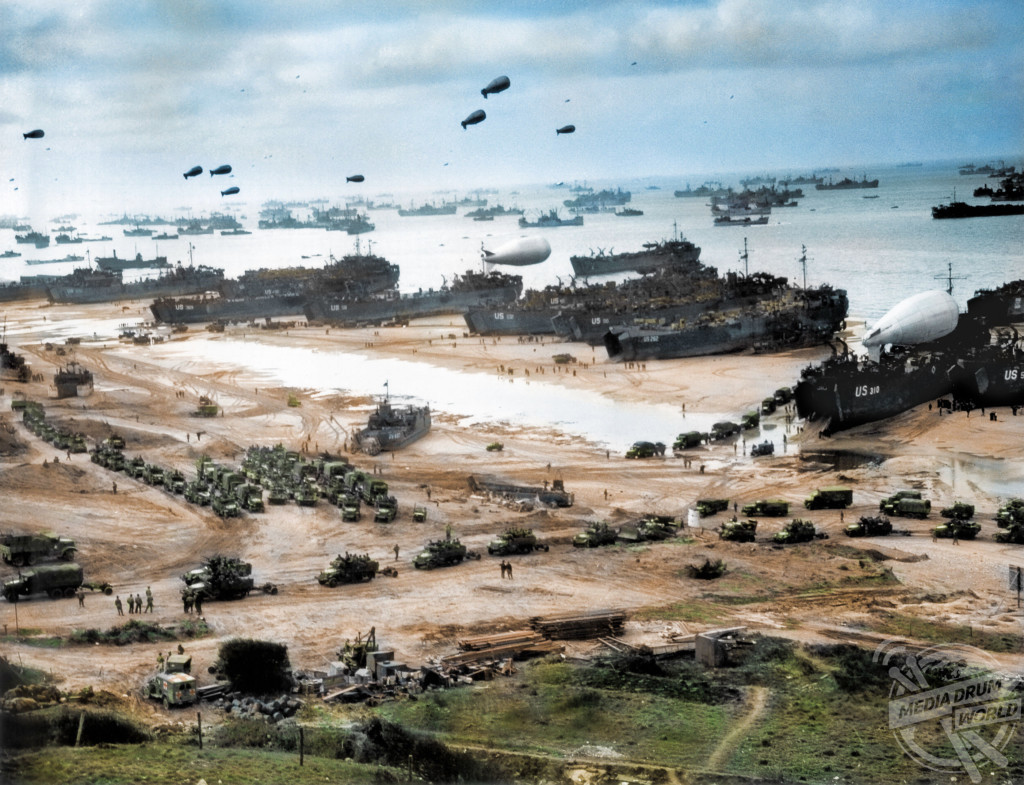
By Mark McConville
THE EXTRAORDINARY BRAVERY of the men who took part in D-Day has been highlighted in a series of stunning colourised images to commemorate the 74thanniversary.
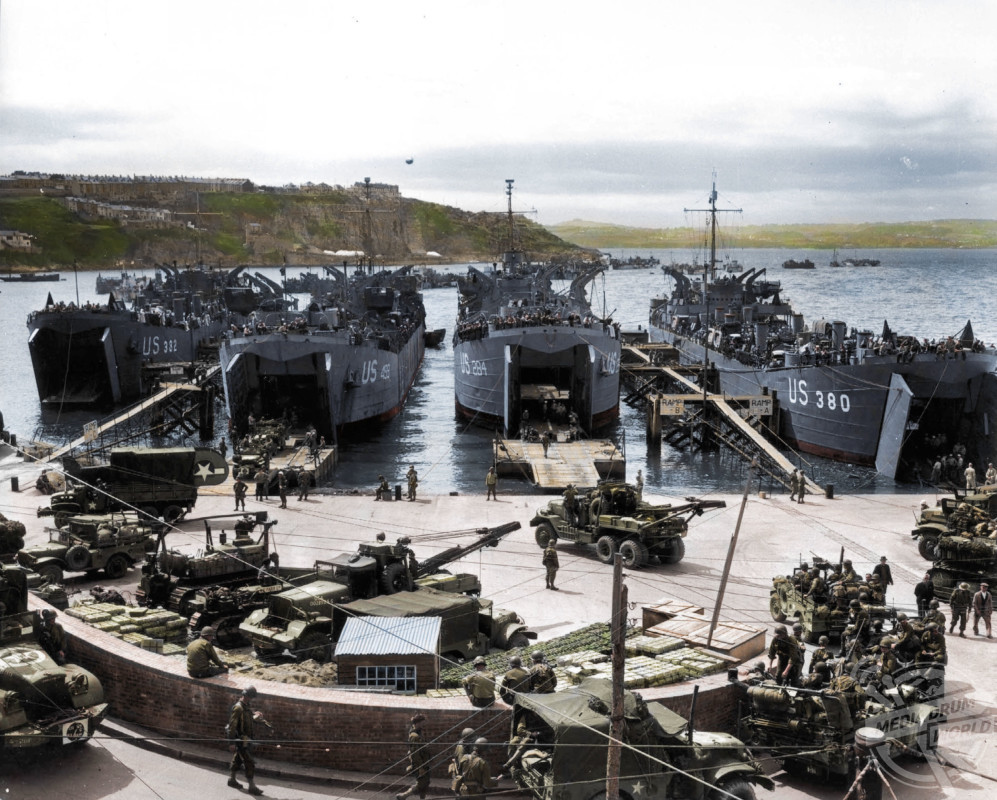
Royston Leonard / mediadrumworld.com
Striking shots show American and British troops arriving on French beaches for the invasions, D-Day Invasion glider pilots on landing craft and British Airborne Pathfinders at Harwell checking their watches on the night of June 5, 1944.
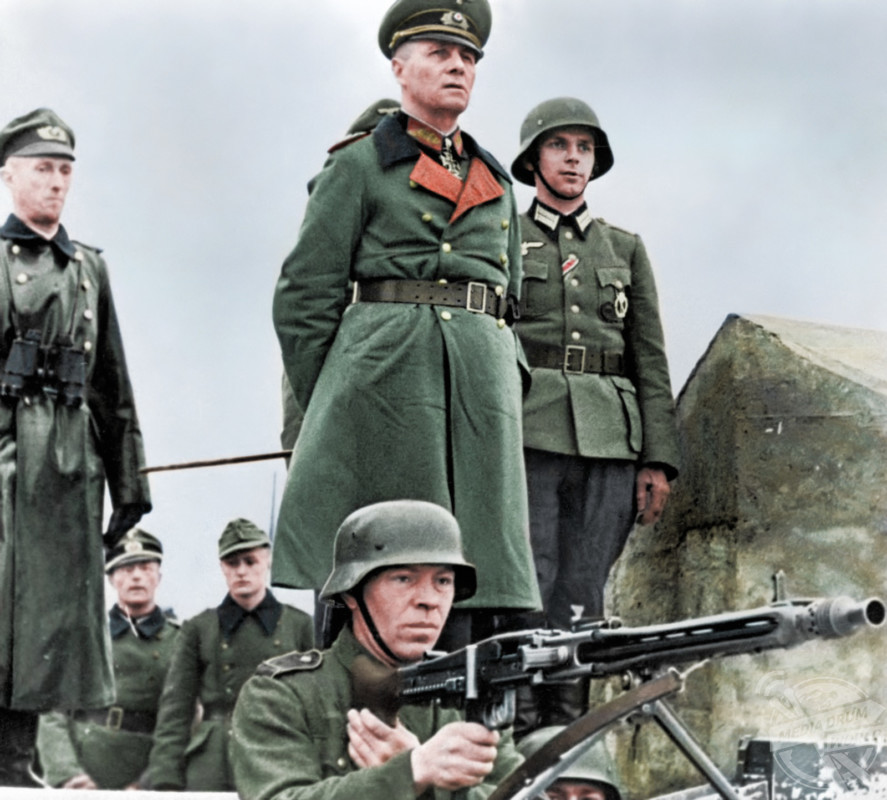
Royston Leonard / mediadrumworld.com
Other vivid colour pictures show Nazi General Erwin Rommel inspecting their defences, a German Panzer VI Tiger I Tank camouflaged in the undergrowth in Villers-Bocage, Normandy and men of the British 22nd Independent Parachute Company, 6th Airborne Division being briefed for the invasion.
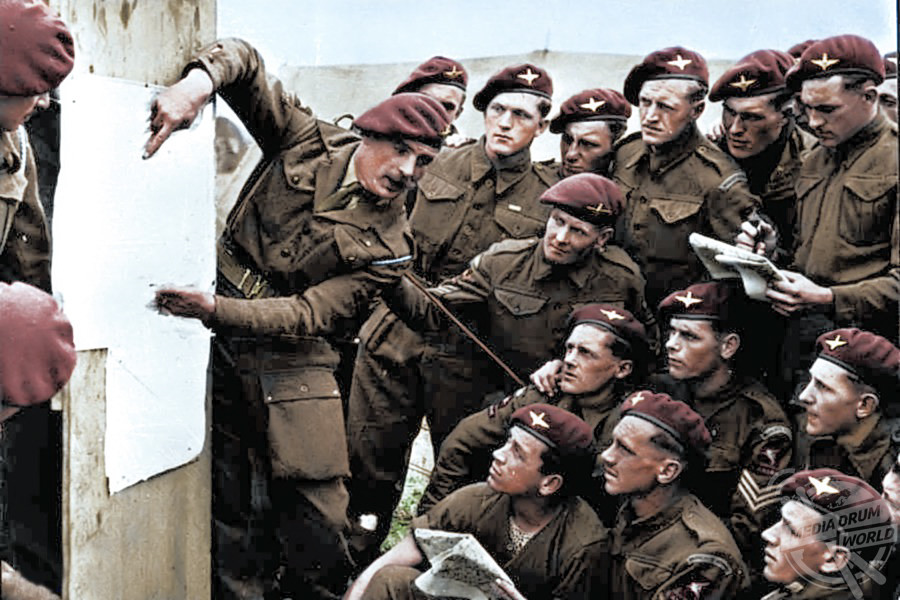
Royston Leonard / mediadrumworld.com
The original black and white photographs were painstakingly colourised by electrician Royston Leonard (55), from Cardiff, Wales, with each snap taking between four and five hours to complete.
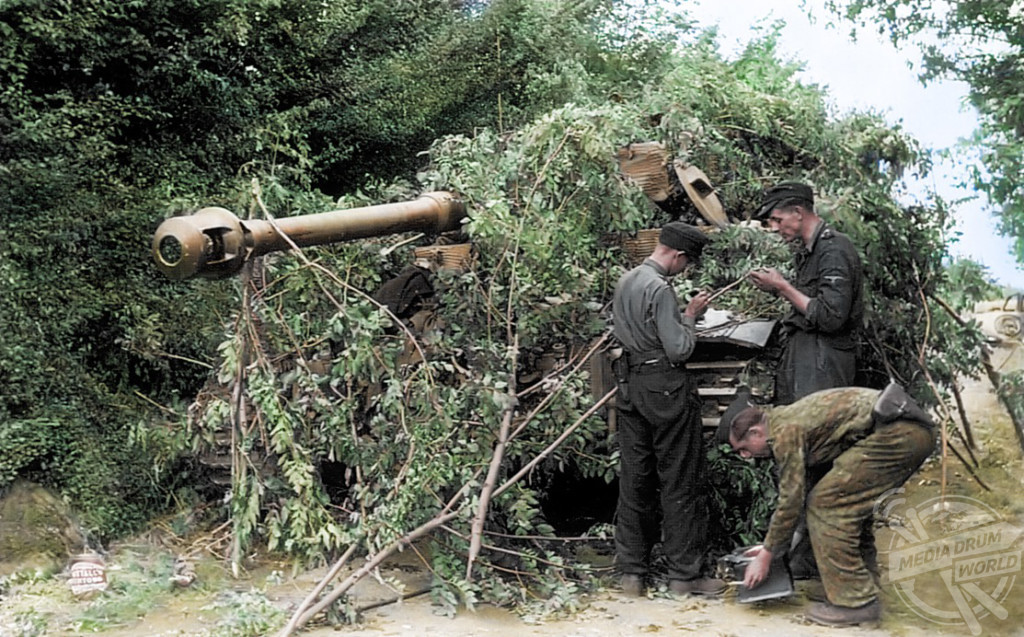
Royston Leonard / mediadrumworld.com
“As time goes by I find I am doing more World War Two pictures and giving them a bit of colour helps the younger generation to connect and not just see them as something that happened long ago,” he said.
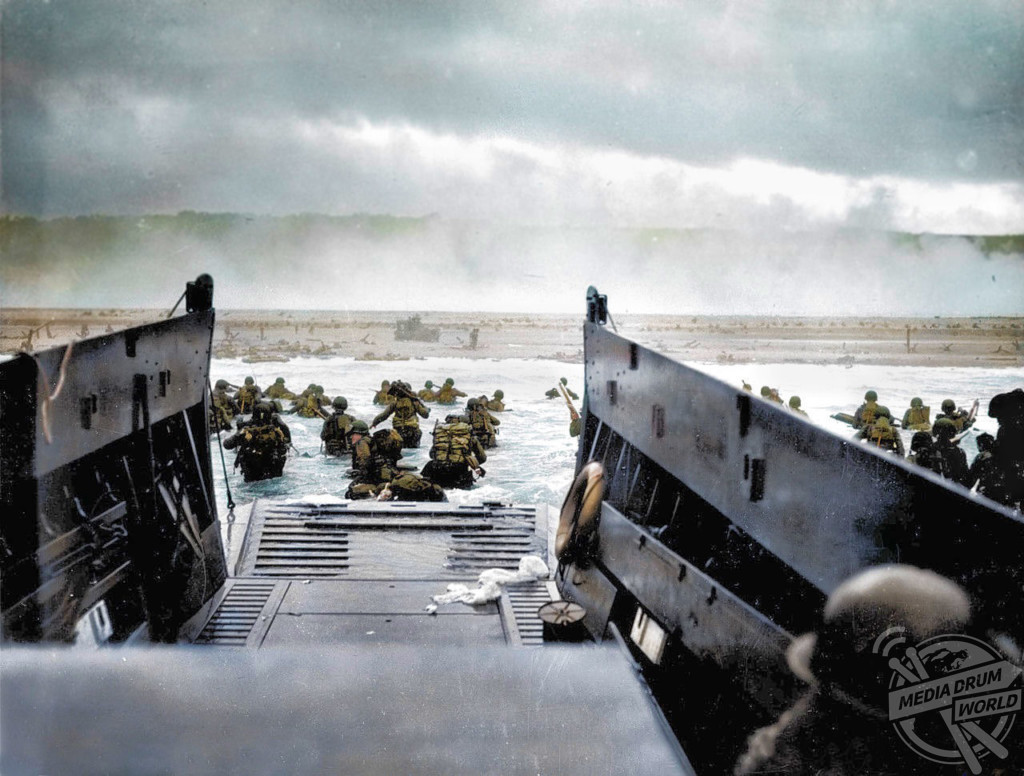
Royston Leonard / mediadrumworld.com
“In the images I see a world that has gone mad and men and women pulled from their lives to sort out the mess.
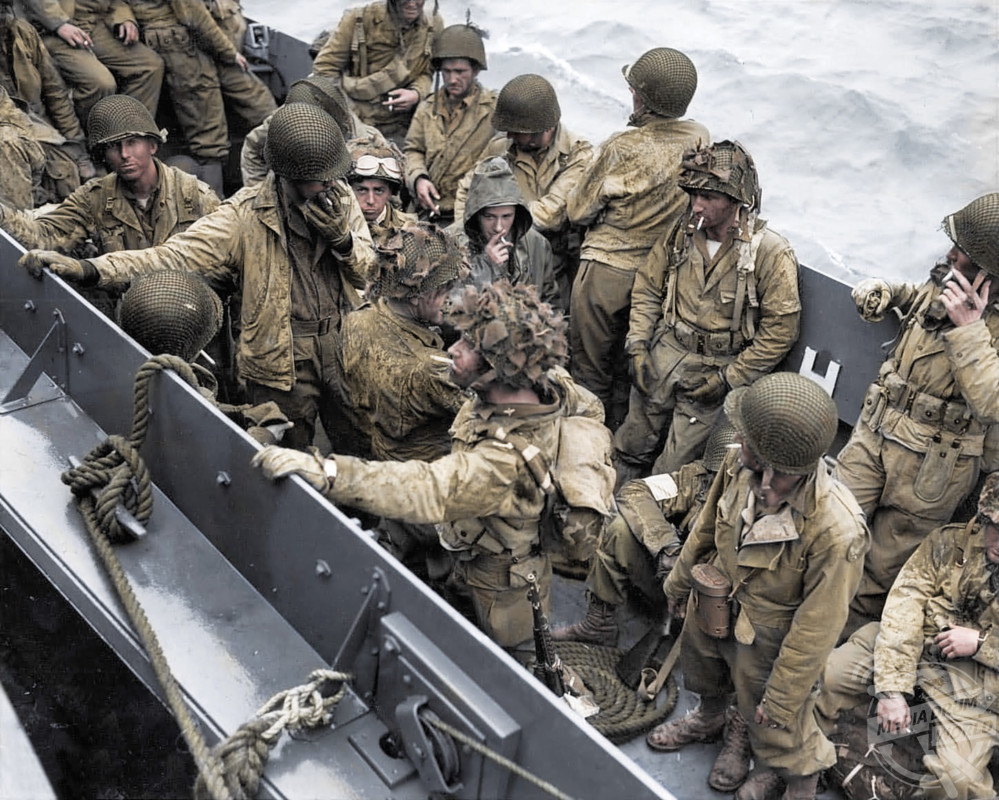
Royston Leonard / mediadrumworld.com
“World War Two shows people at their best and at their worst. We must look and learn and not let it happen again.”

Royston Leonard / mediadrumworld.com
The Normandy landings were the landing operations on Tuesday, June 6, 1944 of the Allied invasion of Normandy in Operation Overlord during World War II. Codenamed Operation Neptune and often referred to as D-Day, it was the largest seaborne invasion in history.
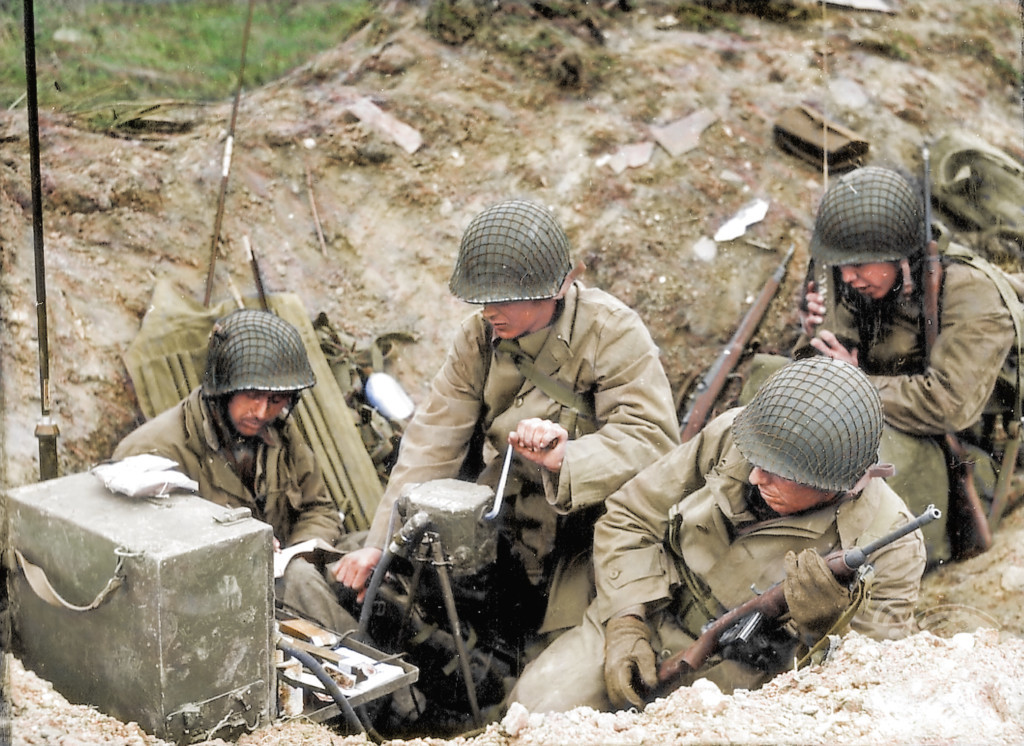
Royston Leonard / mediadrumworld.com
The operation began the liberation of German-occupied northwestern Europe from Nazi control, and laid the foundations of the Allied victory on the Western Front.

Royston Leonard / mediadrumworld.com
The amphibious landings were preceded by extensive aerial and naval bombardment and an airborne assault—the landing of 24,000 American, British and Canadian airborne troops shortly after midnight.
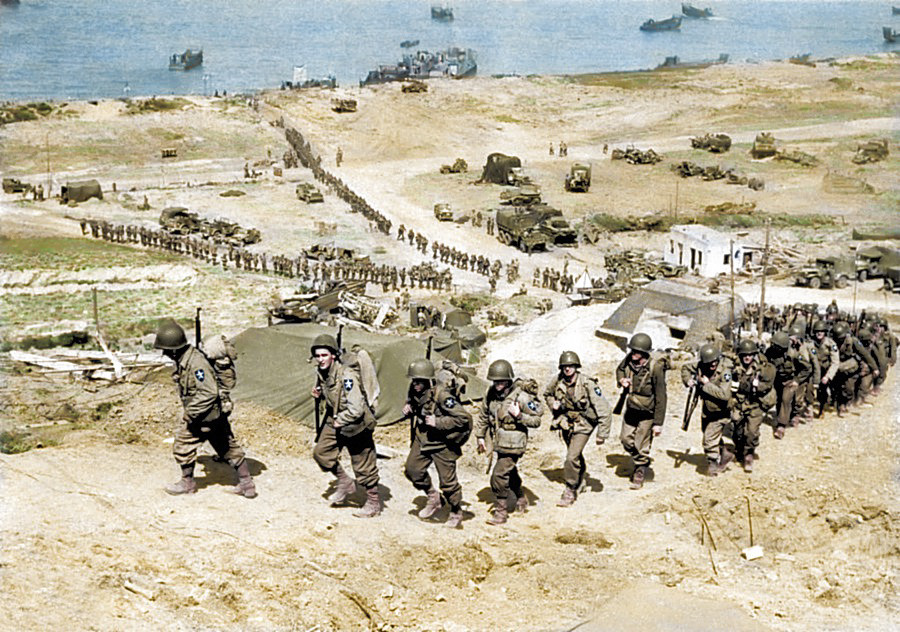
Royston Leonard / mediadrumworld.com
Allied infantry and armoured divisions began landing on the coast of France at 6.30am. The target 50-mile stretch of the Normandy coast was divided into five sectors: Utah, Omaha, Gold, Juno, and Sword. Strong winds blew the landing craft east of their intended positions, particularly at Utah and Omaha.
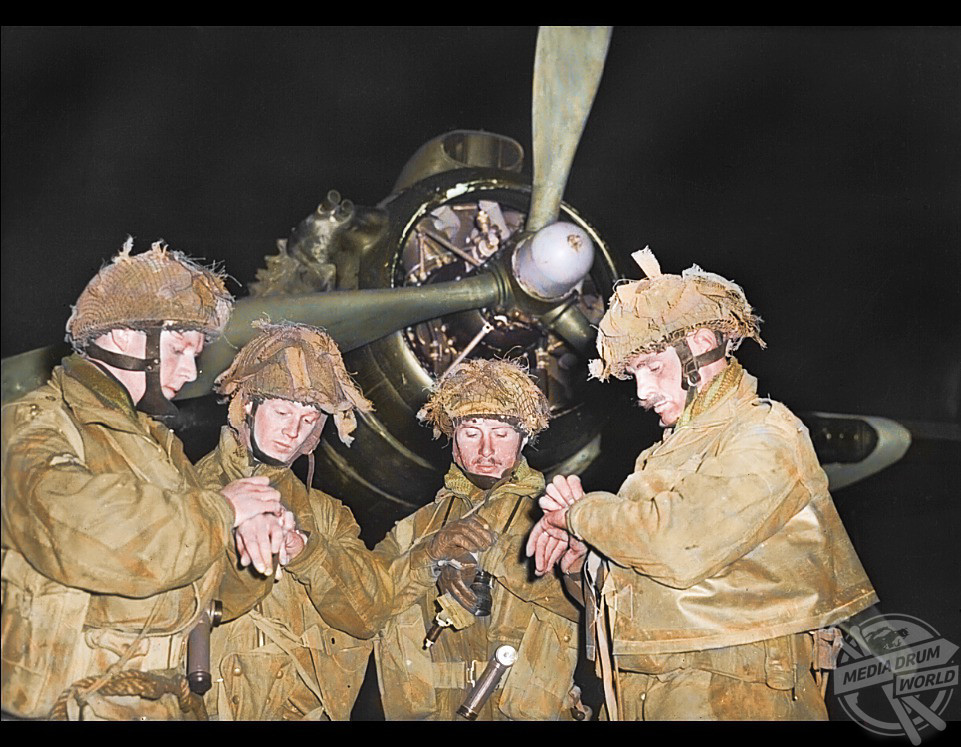
Royston Leonard / mediadrumworld.com
The men landed under heavy fire from gun emplacements overlooking the beaches, and the shore was mined and covered with obstacles such as wooden stakes, metal tripods, and barbed wire, making the work of the beach-clearing teams difficult and dangerous.
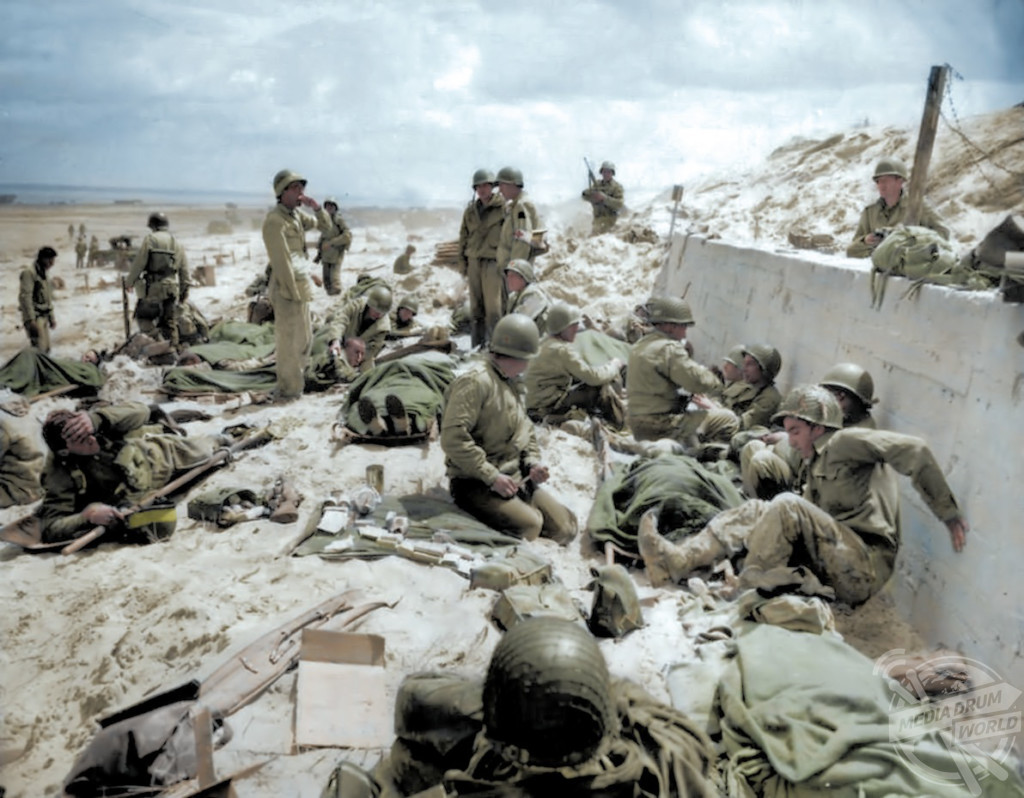
Royston Leonard / mediadrumworld.com
Casualties were heaviest at Omaha, with its high cliffs. At Gold, Juno, and Sword, several fortified towns were cleared in house-to-house fighting, and two major gun emplacements at Gold were disabled, using specialised tanks.
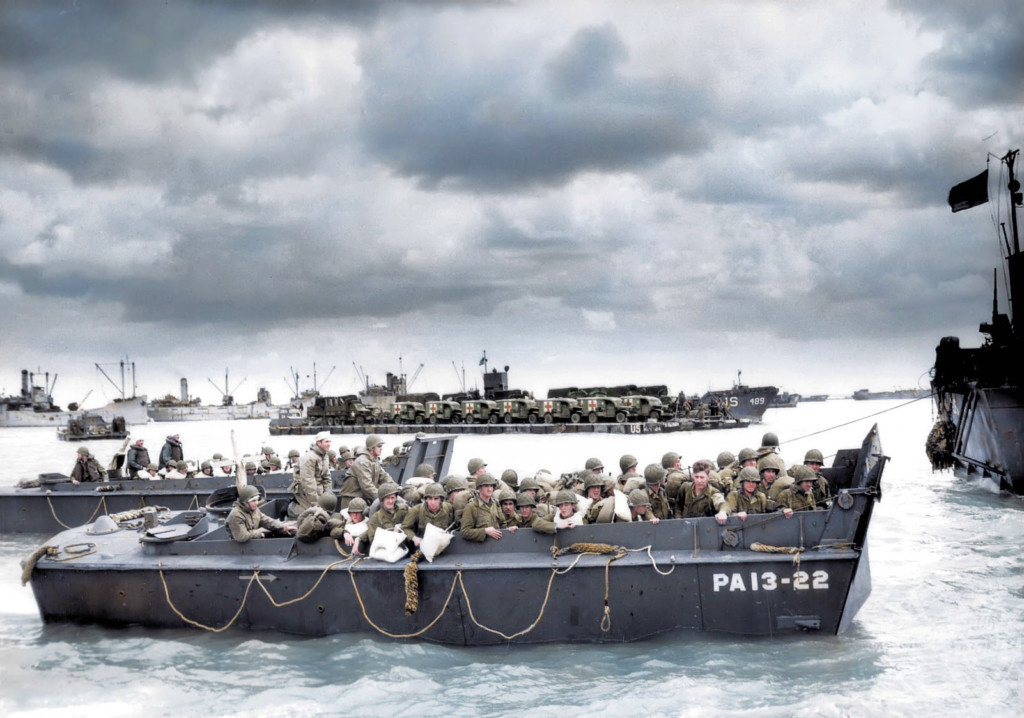
Royston Leonard / mediadrumworld.com
The Allies failed to achieve any of their goals on the first day. Carentan, St. Lô, and Bayeux remained in German hands, and Caen, a major objective, was not captured until July, 21.
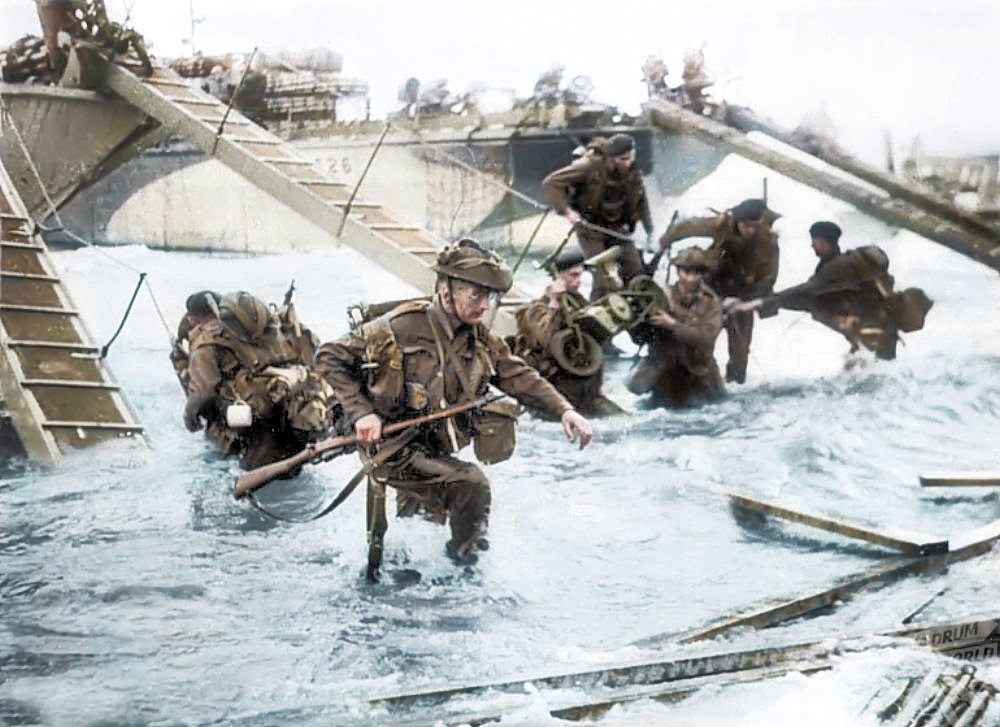
Royston Leonard / mediadrumworld.com
Only two of the beaches (Juno and Gold) were linked on the first day, and all five beachheads were not connected until June, 12, however, the operation gained a foothold which the Allies gradually expanded over the coming months.
German casualties on D-Day have been estimated at 4,000 to 9,000 men. Allied casualties were at least 10,000, with 4,414 confirmed dead.
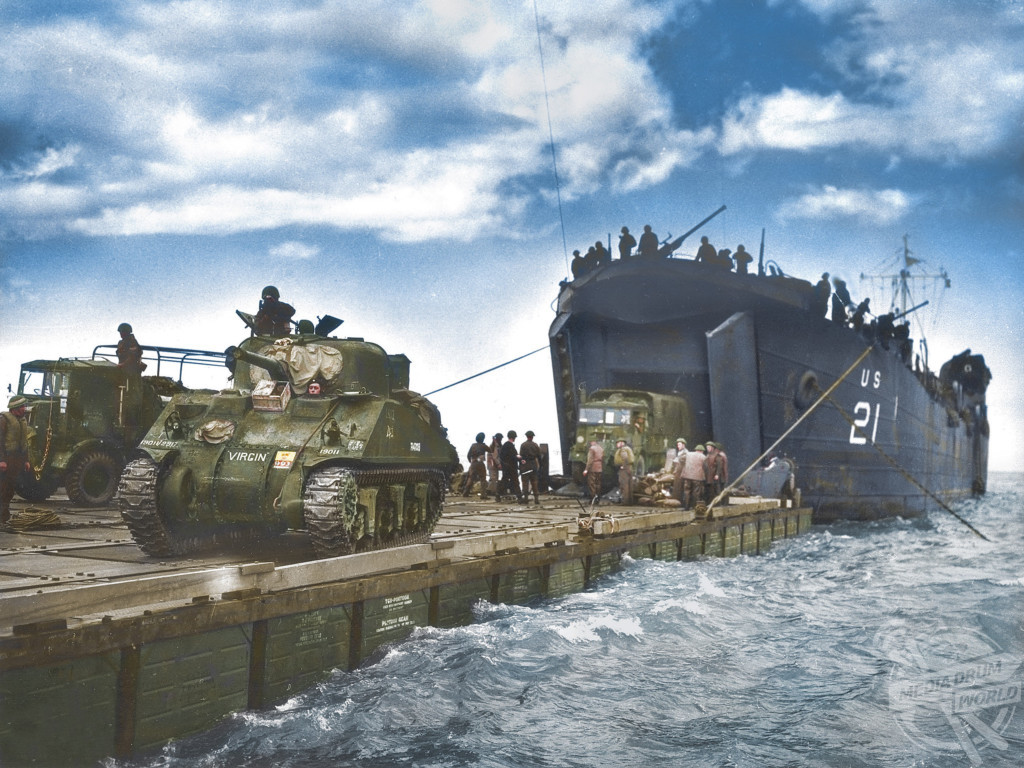
Royston Leonard / mediadrumworld.com
Striking images like these are featured in British author Michael D. Carroll’s new book, Retrographic on the colourisation of historical images. It is available on Amazon now for £16.85.
For more information visit: https://www.amazon.co.uk/Retrographic-Historys-Exciting-Images-Transformed/dp/1908211504






